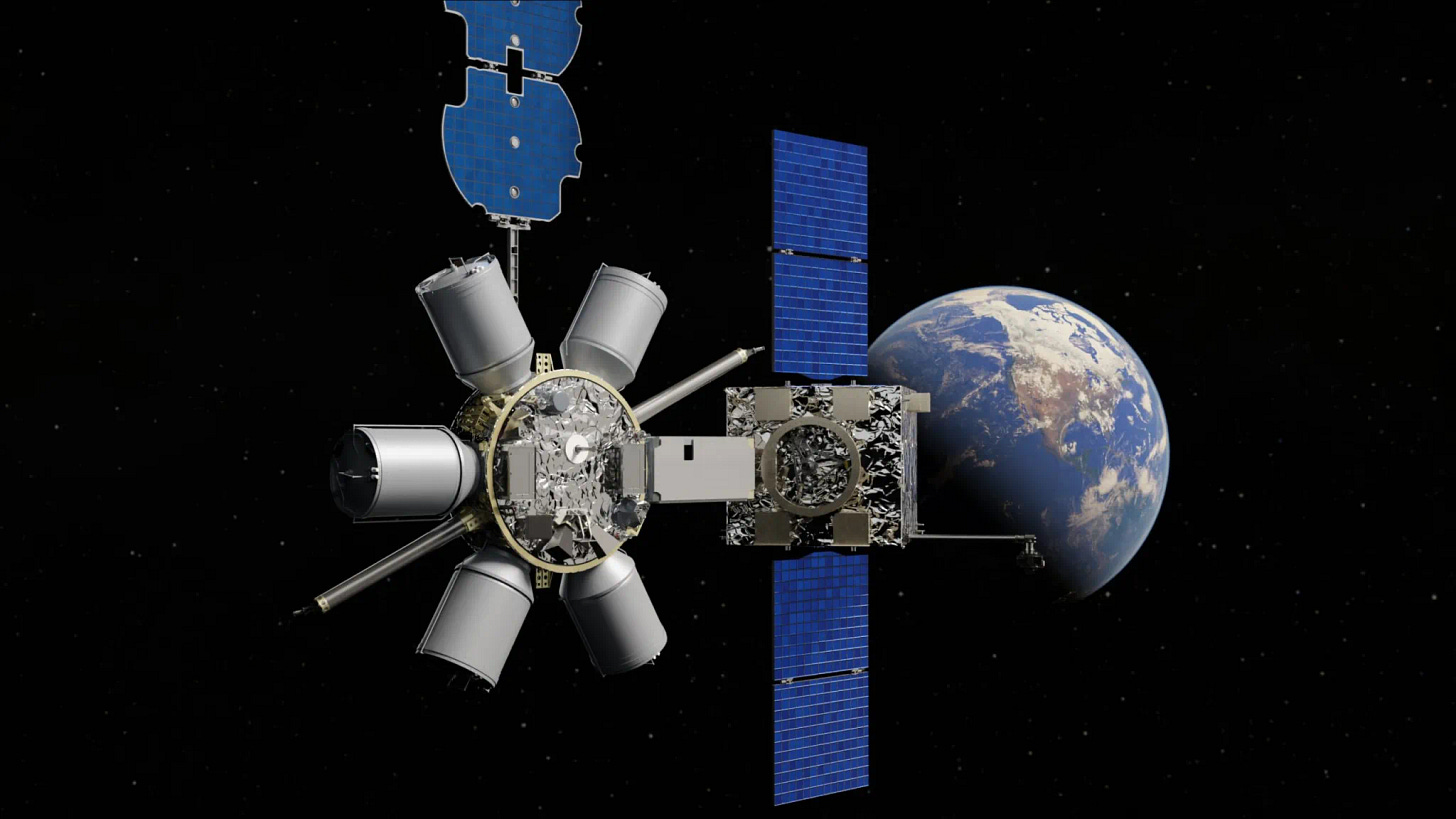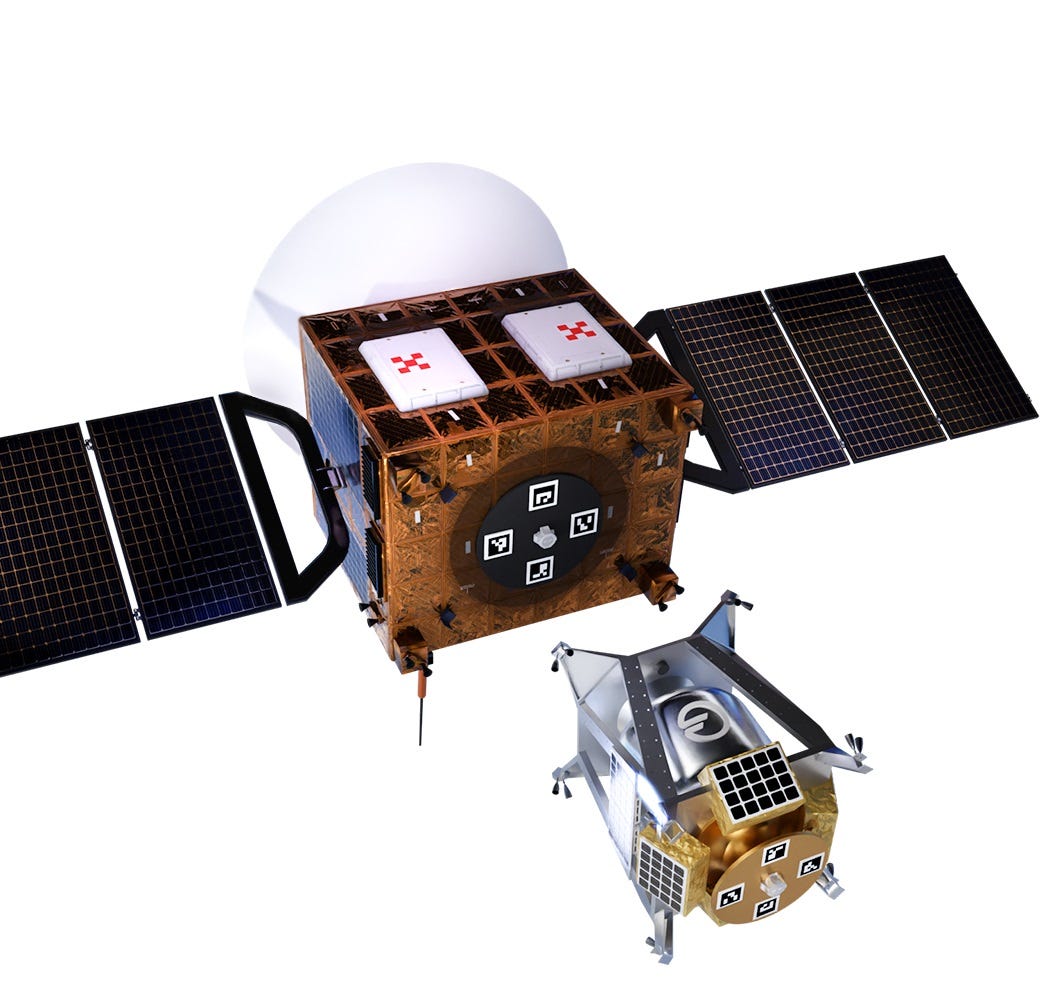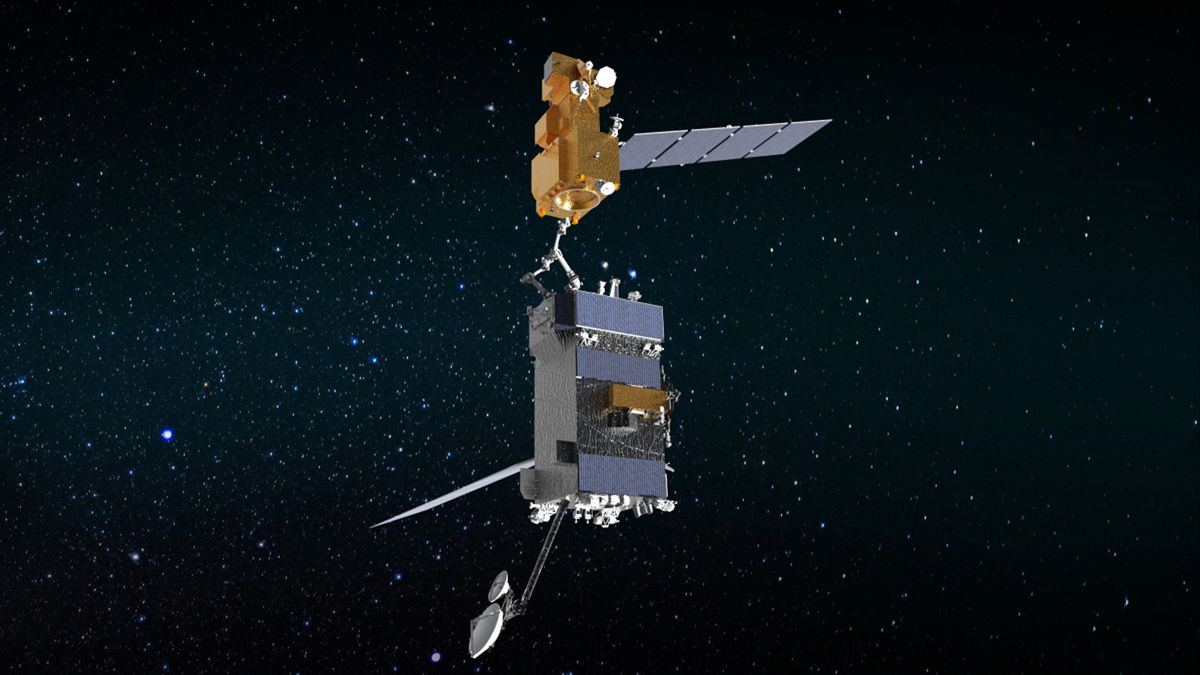Revitalizing Space: Refueling "Dead" Satellites
Breathing New Life into Space
In the vast expanse of space, where silent satellites orbit, a new frontier emerges – the quest to refuel seemingly "dead" satellites. This revolutionary concept challenges the conventional understanding of space technology and offers a sustainable solution to the growing issue of space debris.
Before delving into satellite refueling, it's crucial to understand the problem it aims to address – space debris. Decades of space exploration have left Earth's orbit cluttered with defunct satellites, spent rocket stages, and fragments from disintegration, posing a threat to operational satellites and future space missions.
The Genesis of Satellite Refueling
Satellites are equipped with thrusters that require fuel to maintain their position, adjust orbits, or avoid collisions. Once this fuel is exhausted, the satellite becomes non-operational, leading to its retirement. However, many of the satellite's components, such as solar panels, communication systems, and scientific instruments, may remain fully functional.
The idea of satellite refueling is not born out of mere innovation but is a response to the escalating challenge of space debris. Traditional satellites, once depleted of fuel, are often considered irreparable and left to orbit as space junk. However, visionaries in the aerospace industry recognized an opportunity to extend the life of these satellites and mitigate the hazards associated with space debris.
Satellite Refueling Technologies
Several approaches are being explored to refuel satellites in space. One method involves sending a dedicated spacecraft equipped with the necessary tools and fuel to rendezvous with the "dead" satellite. The refueling spacecraft docks with the target satellite, transfers fuel, and rejuvenates its operational capabilities.
A satellite refueling nozzle developed by Northrop Grumman is the first to be selected as a preferred standard for U.S. military satellites, the company announced Jan. 29, 2024. The Passive Refueling Module (PRM) is a favored interface to enable future in-space refueling of military satellites. The PRM has a docking mechanism to allow a refueling vehicle in orbit to transfer propellant to another satellite to extend its useful life.
Orbit Fab, a startup based in Colorado, is on a mission to introduce a comprehensive satellite refueling service by the year 2025, aiming to extend satellite lifespans and enhance their flexibility in operation through added repositioning services. The company has even initiated preorders for fuel, pricing 100 kilograms (220 pounds) of the commonly used rocket propellant, hydrazine, at $20 million.
To realize this ambitious plan, Orbit Fab is developing a system of orbital fuel stations alongside a fleet of shuttles tasked with docking and refueling customer satellites. Central to this innovative approach is the company's proprietary refueling mechanism, the Rapid Attachable Fluid Transfer Interface (RAFTI), which is designed to supplant traditional fill and drain valves on satellites, offering a standardized method for refueling both on Earth and in space.
At the same time, NASA is advancing its own initiatives to facilitate satellite refueling in orbit with its On-orbit Servicing, Assembly, and Manufacturing 1 (OSAM-1) mission, which is under development.
The purpose of OSAM-1 is to provide in-space refueling capabilities, specifically targeting satellites that were not initially designed for refueling—a feature not covered by Orbit Fab's service. As part of NASA's broader Technology Demonstration Missions program, OSAM-1's launch was scheduled for 2026, but it has encountered delays and budgetary exceedances.
NASA's goal with OSAM-1 includes conducting a refueling operation on the Landsat 7 satellite, an Earth observation satellite that has been in orbit since 1999. This mission aims to not only extend the operational life of satellites but also to test and demonstrate new technologies that facilitate autonomous docking with other spacecraft, among other advancements.
Another approach involves developing satellites with modular designs, allowing for the attachment of additional fuel modules. These modules can be deployed as needed, effectively providing a satellite with a renewable source of fuel.
Technical Challenges and Innovations
Satellite refueling poses significant technical challenges. Precision in orbital rendezvous, docking mechanisms, and the development of versatile refueling systems are paramount. Innovations in robotic technology play a crucial role, as autonomous systems are employed for intricate maneuvers in the vacuum of space.
Additionally, advancements in propellant transfer technologies are vital. Efficient and secure transfer mechanisms must be developed to ensure the successful refueling of satellites without causing damage or generating additional space debris.
Benefits of Satellite Refueling
Extended Satellite Lifespan: The primary advantage is the extension of a satellite's operational life, maximizing the return on investment for space missions.
Reduced Space Debris: Refueling reduces the number of non-functional satellites in orbit, contributing to the mitigation of space debris and enhancing the sustainability of space activities.
Cost Savings: Refueling extends the utility of expensive satellites, potentially saving costs compared to deploying entirely new satellites for the same purpose.
Applications and Future Prospects
Satellite refueling holds promise for various applications, including:
Communication Satellites: Extending the life of communication satellites ensures uninterrupted services.
Earth Observation: Refueled satellites in Earth's orbit can continue providing valuable data for environmental monitoring, disaster management, and scientific research.
Space Exploration: Refueling can be a game-changer for deep-space missions, enabling spacecraft to continue their journeys beyond their initial fuel limits.
Conclusion
Satellite refueling emerges as a transformative technology, offering solutions to the challenges posed by space debris and the limited lifespan of satellites. As the aerospace industry continues to push the boundaries of innovation, the revitalization of "dead" satellites signifies a step towards sustainable space exploration. However, addressing technical, legal, and ethical considerations is imperative to ensure the responsible and secure deployment of satellite refueling technologies. Industry analysts have pointed out that setting technical standards will be key for this sector of the industry to gain momentum. In the quest to unlock the full potential of space, refueling technologies stand at the forefront, reshaping our approach to satellite deployment and space sustainability.





